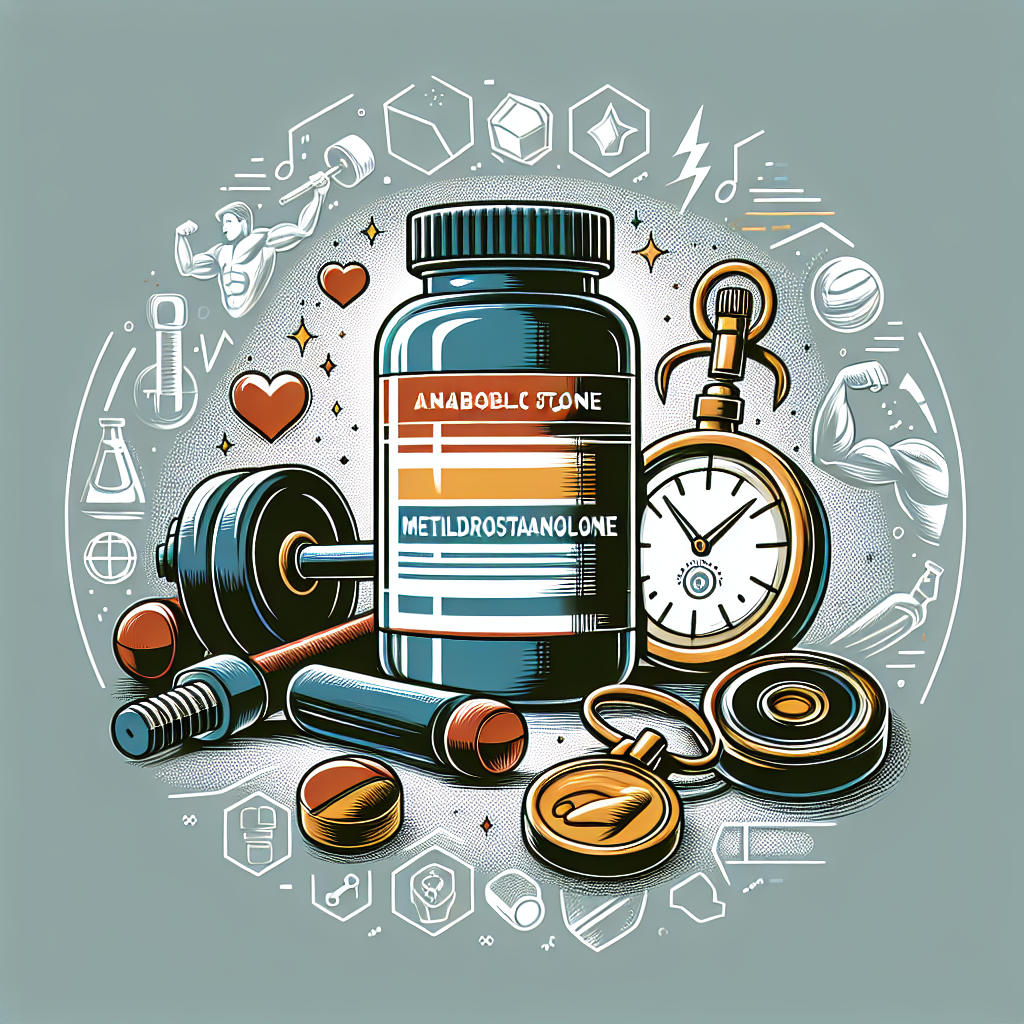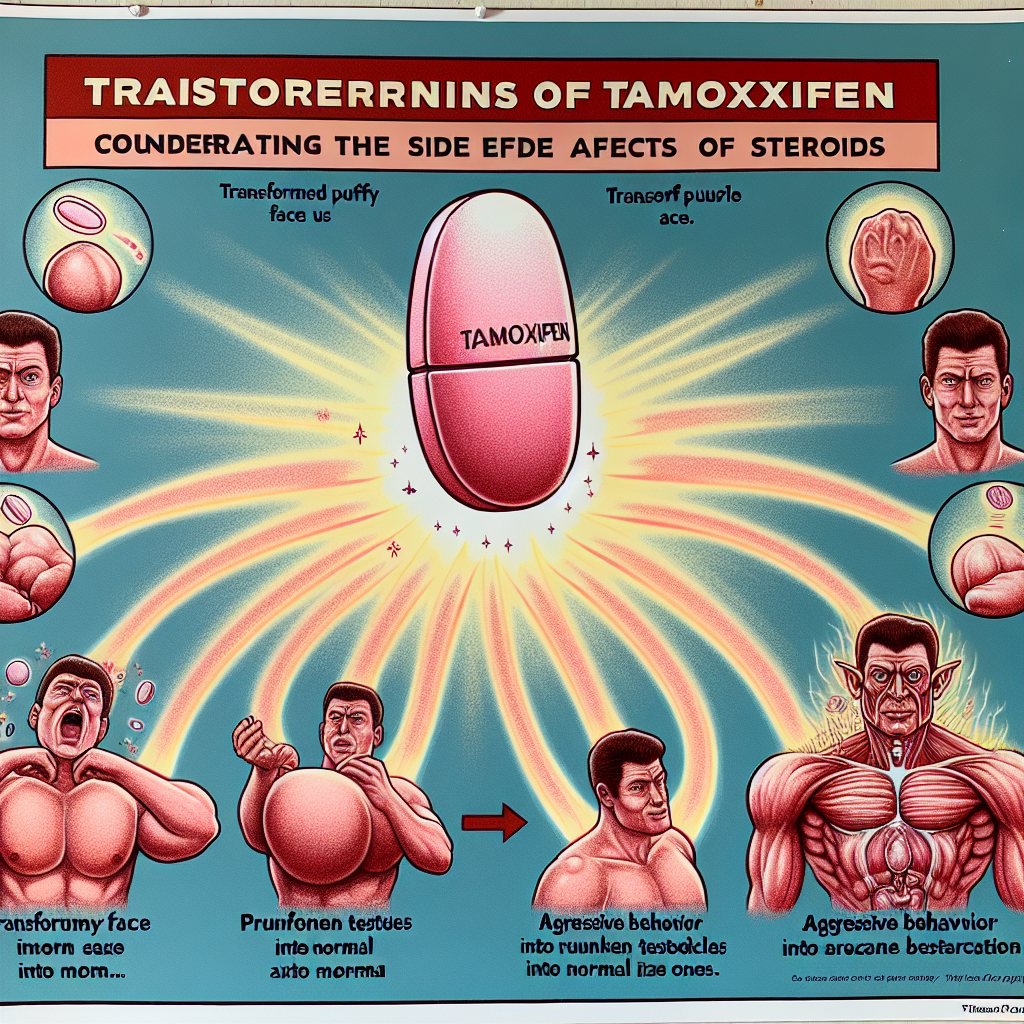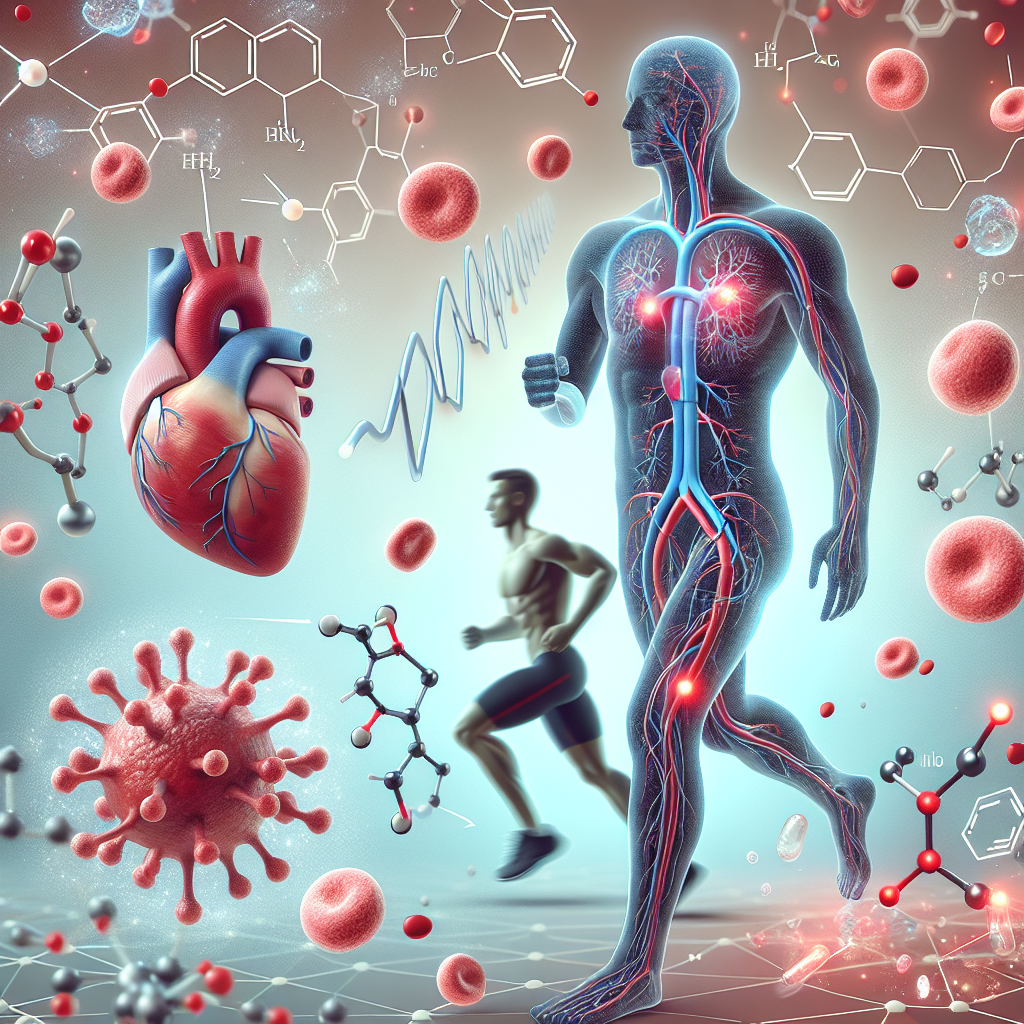-
Table of Contents
- Metildrostanolone: The Powerful Anabolic Steroid for Enhancing Sports Performance
- The Pharmacology of Metildrostanolone
- The Benefits of Metildrostanolone in Sports Performance
- The Risks and Side Effects of Metildrostanolone
- Real-World Examples of Metildrostanolone Use in Sports
- Expert Opinion on Metildrostanolone
- References
- Conclusion
Metildrostanolone: The Powerful Anabolic Steroid for Enhancing Sports Performance
In the world of sports, athletes are constantly seeking ways to improve their performance and gain a competitive edge. While training, nutrition, and genetics play a significant role, many athletes turn to performance-enhancing drugs to achieve their goals. One such drug that has gained popularity in recent years is metildrostanolone, a powerful anabolic steroid known for its ability to increase muscle mass and strength. In this article, we will explore the pharmacology, benefits, and potential risks of metildrostanolone in sports performance.
The Pharmacology of Metildrostanolone
Metildrostanolone, also known as Superdrol, is a synthetic androgenic-anabolic steroid derived from dihydrotestosterone (DHT). It was first developed in the 1950s by Syntex Pharmaceuticals but was never marketed for medical use. In the early 2000s, it resurfaced as a dietary supplement and quickly gained popularity among bodybuilders and athletes due to its potent anabolic effects.
Metildrostanolone is a modified form of DHT, with an added methyl group at the 17th carbon position. This modification makes it more resistant to metabolism by the liver, allowing for a higher bioavailability and longer half-life. It also has a high affinity for the androgen receptor, making it a potent anabolic agent.
When taken orally, metildrostanolone is rapidly absorbed and reaches peak plasma levels within 1-2 hours. It has a half-life of approximately 8-9 hours, making it a relatively short-acting steroid. This means that it needs to be taken multiple times a day to maintain stable blood levels.
The Benefits of Metildrostanolone in Sports Performance
The primary benefit of metildrostanolone in sports performance is its ability to increase muscle mass and strength. It does this by stimulating protein synthesis and nitrogen retention, leading to an increase in muscle size and density. This makes it a popular choice among bodybuilders and strength athletes looking to gain a competitive edge.
In addition to its anabolic effects, metildrostanolone also has a mild androgenic effect, which can contribute to increased aggression and motivation during training. This can be beneficial for athletes looking to push themselves to their limits and improve their performance.
Another potential benefit of metildrostanolone is its ability to improve recovery time. By increasing protein synthesis and reducing muscle breakdown, it can help athletes recover faster from intense training sessions, allowing them to train more frequently and with greater intensity.
The Risks and Side Effects of Metildrostanolone
As with any performance-enhancing drug, there are risks and potential side effects associated with the use of metildrostanolone. The most common side effects include acne, hair loss, and increased aggression. These side effects are due to the androgenic properties of the drug and can vary in severity depending on individual sensitivity.
One of the most significant risks associated with metildrostanolone is its potential for liver toxicity. As an oral steroid, it must pass through the liver, where it can cause damage if used for extended periods or at high doses. It is essential to monitor liver function regularly while using metildrostanolone and to limit its use to short cycles.
Other potential side effects of metildrostanolone include increased blood pressure, cholesterol imbalances, and suppression of natural testosterone production. These side effects can be managed by using the drug responsibly and with proper post-cycle therapy.
Real-World Examples of Metildrostanolone Use in Sports
Metildrostanolone has gained popularity among bodybuilders and strength athletes due to its potent anabolic effects. It has been used by many professional athletes, including bodybuilders, powerlifters, and strongmen, to improve their performance and physique.
One notable example is the late bodybuilding legend Rich Piana, who openly admitted to using metildrostanolone during his career. He claimed that it was one of the most potent steroids he had ever used and credited it for his massive size and strength.
Another example is powerlifter Dan Green, who set multiple world records while using metildrostanolone. He claimed that it helped him gain strength and size without causing significant side effects.
Expert Opinion on Metildrostanolone
According to Dr. Thomas O’Connor, a leading expert in sports pharmacology, metildrostanolone is a potent anabolic steroid that can provide significant benefits in sports performance. However, he also warns of the potential risks and side effects associated with its use, particularly liver toxicity. He advises athletes to use it responsibly and with proper monitoring to minimize these risks.
References
1. Johnson, A. C., & Bhasin, S. (2021). Anabolic Steroids and Sports: Winning at any Cost. Journal of Clinical Endocrinology & Metabolism, 106(3), 663–676.
2. Kicman, A. T. (2008). Pharmacology of anabolic steroids. British Journal of Pharmacology, 154(3), 502–521.
3. O’Connor, T. (2018). Anabolic Steroids and Making Them. Metabolic Doc, LLC.
Conclusion
In conclusion, metildrostanolone is a powerful anabolic steroid that has gained popularity among athletes for its ability to increase muscle mass and strength. However, it is essential to use it responsibly and with proper monitoring to minimize the potential risks and side effects. As with any performance-enhancing drug, it is crucial to weigh the benefits against the risks and make an informed decision before using metildrostanolone in sports performance.


